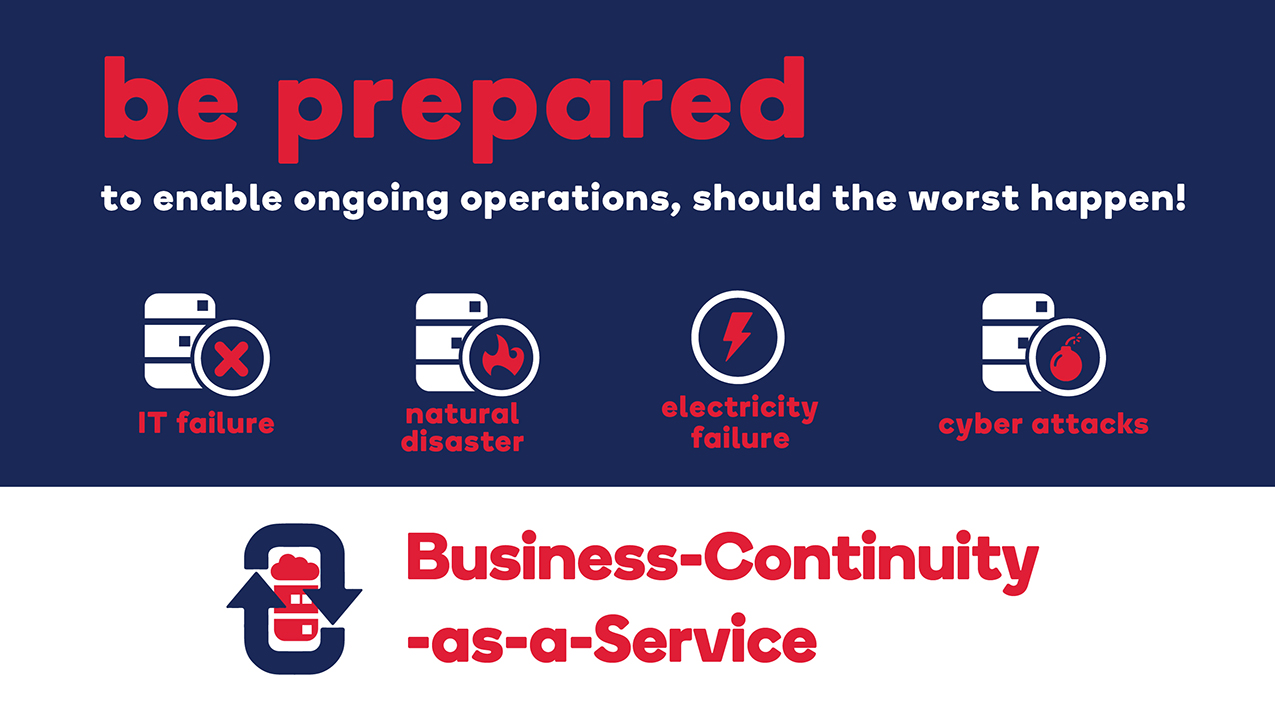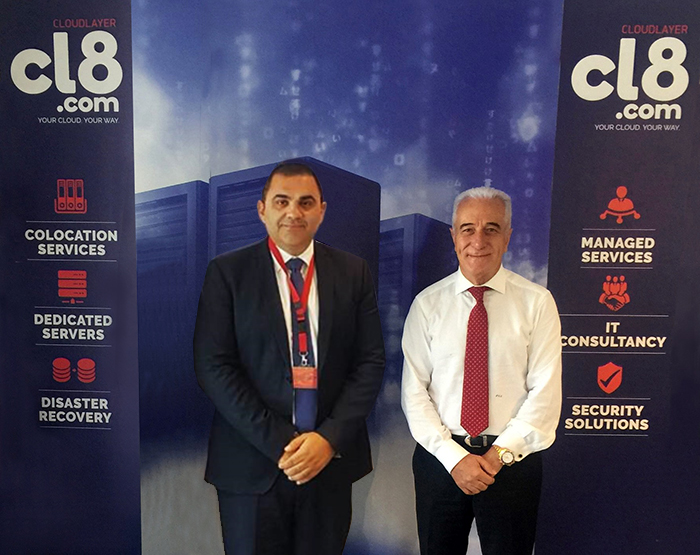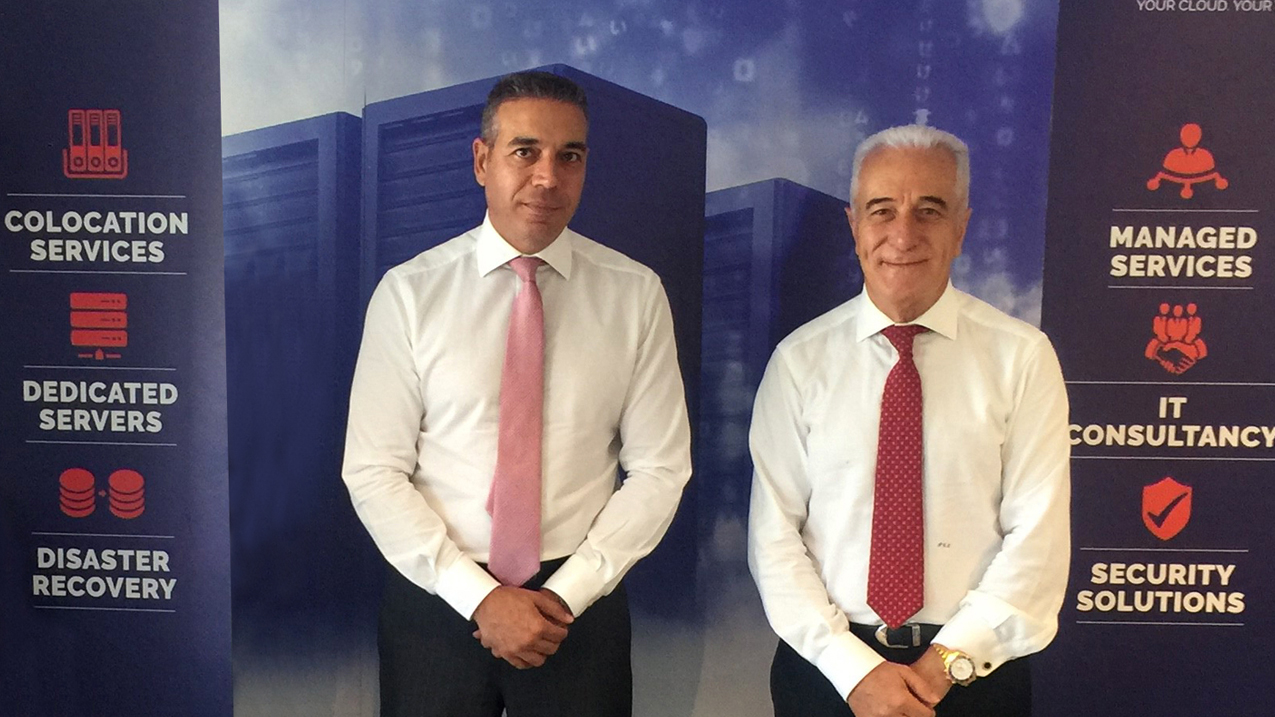Business Disruption with Downtime Risk
We are experiencing the fourth industrial revolution. Technology runs our lives these days. Smartphones, tablets and computers; we really can’t function without them. In a very short amount of time, technology has exploded in the market and now, many people cannot imagine a life without it.
Our industry is transforming. IT is no longer a department and a cost center. It is much closer to the business, or it is the business for many. The evolution over the years transformed IT from reactive, to proactive, to automated and now, finally it’s a business tool that will determine the success or survival of your business.
Having said that, what is the impact of downtime? How much money will you lose for every minute that your ecommerce site or website will be offline? How about back office systems, inability to invoice, employees not working? And how about mission critical systems, or systems that run your production? And it is not only the cost of losing sales and production disruption, how about bad reputation, dissatisfied customers and potential legal cases you may have?
Plan, Design and Deploy
One of the most frequent asked question I get is what is the difference between disaster recovery and business continuity? Disaster recovery is more focused and specific on IT systems, data, applications and being able to recover the servers, the applications and the data quickly. It is also a regulatory obligation for some industries.
Business continuity on the other hand is how we are going to have our business up and running in the event of a disaster. It covers more areas and it is not that focus to specific IT systems. For example how are we going to continue serving our customers and remain operational in the event of a catastrophe? It also involves how we interact with our suppliers and partners. How are we going to respond in the event of a disaster? Who does what, where and how? Business continuity covers the processes and procedures that your business should follow and not only having your applications and data up and running.
This means that careful and detailed planning must be done based on two main objectives:
- Recovery point objective (RPO): how much data am I willing to loose until recovery?
- Recovery time objective (RTO): how much downtime can your business afford?
The higher the objectives the more expensive the solution is. Usually our customers compromise to critical systems, with average RTO and RPO objectives, according to an affordable budget and their industry’s regulatory framework.
Another frequent asked question I get, and yes I get a lot , is can we automate Disaster Recovery? In other words, can we failover to another data center without human interaction? The answer is yes, however is it a good idea to do so? The answer is no. We don’t want to failover to another data center when not needed, without human interaction, just because a system triggered the failover alert for some reason.
Disaster Recovery projects are usually very expensive, need expensive equipment, connection lines and careful planning and design. We need to evaluate every application and every application has its own high availability and Disaster Recovery architecture, which makes thinks even more complex and time consuming. After successful deployment, quarterly Disaster Recovery tests are a must, to ensure everything is working. We don’t want regular server and application patching or new customizations to affect our failover process, do we?
CL8 Business-Continuity-as-a-Service
Our proposed solution is based on Microsoft Azure Site Recovery, a purposed build service aiming to simplify and bring down the cost of Disaster Recovery projects. Our solution is affordable and now Disaster Recovery is not only for the huge enterprises and the banks.
After careful planning and design by our experts, in short, we replicate every VM on Azure. All VMs are switched off to save costs, except some databases or directory services that must be on, if available and pay only the storage cost. The network is setup correctly, so that in the event of failure users will be able to connect to the Disaster Recovery location, which is in Azure, without interruption, after we “press the failover button”. This solution also offers the option to have Disaster Recovery outside your country of residence and covers business continuity in the event of political crisis, war and other country wide catastrophic events.
Service includes
Planning & architecture workshop
- Define the customer’s business RTO and RPO requirements
- Capacity planning using ASR tools to assess current environment
- Define Azure, CL8 and customer on-prem infrastructure requirements
- Estimated total DR cost to Azure: compute, storage, network, and Azure Site Recovery license cost, as well as CL8 hosting cost if required
- Estimate deployment services cost
Solution architecture & environment readiness verification
- Eligibility assessment
- Best practice aduption
Solution deployment in a POC environment
- Protection of customer Infrastructure
- Azure services cost will be estimated at planning phase, not included in deployment services costs
Disaster Recovery tests are much easier and simpler. We can do it in parallel, i.e. we don’t have to failover to the Disaster Recovery location and then fail back to our primary data center. We don’t have the stress of business disruption and data loss at every quarterly test! This means that production continues to work from the primary site as usual and we start the Azure VMs, test them, test connectivity and our predetermined scenarios, without affecting production. For more information please see: PowerPoint Presentation (cl8.com)
In my opinion every business is unique and has its own optimum architecture. Relying 100% on technology hosted in-house or cloud only may not be ideal. Engaging a local Private data center can bring the advantages of all worlds together and be the local hub to multi-cloud and hybrid, while at the same time offer the flexibility, cloud economics, OPEX and IT as-a service.
Having clarified the importance of a Private Data Center, you should choose very carefully with whom to cooperate with. Certifications show the quality verified by third party authorities. A Tier III facility guaranties uptime, ISO 9001 quality management of internal business processes and ISO 27001 the information security standard. Payment Card Industry Data Security Standard (PCI DSS) is necessary if you are handling credit cards.
There should be Service Level agreements in place and 24x7x365 support operations are a must have to minimize risk and speed up recovery.
Feel free to contact me any time to discuss your cloud and data center modernization at +357 25 022900 or email me at tt@cl8.com
Theodosis Theodosiou
Business Development Manager
 +357 25 022900
+357 25 022900
 Email Us
Email Us











